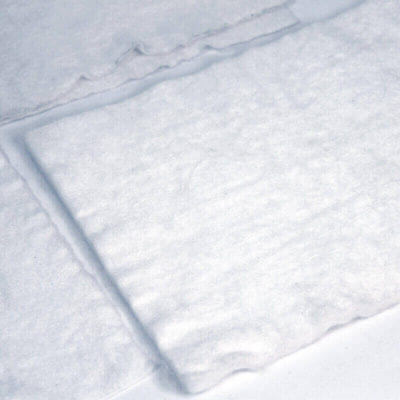Non-Woven Geotextile Fabric: Applications and Benefits in Civil Engineering

# Non-Woven Geotextile Fabric: Applications and Benefits in Civil Engineering
Non-woven geotextile fabric has become an indispensable material in modern civil engineering projects. This versatile synthetic material offers a wide range of applications and benefits that contribute to the durability, stability, and cost-effectiveness of construction projects.
## What is Non-Woven Geotextile Fabric?
Non-woven geotextile fabric is a permeable textile material made from synthetic fibers, typically polypropylene or polyester. Unlike woven geotextiles, non-woven fabrics are manufactured by bonding fibers together through mechanical, thermal, or chemical processes. This manufacturing method creates a fabric with a random fiber orientation, resulting in unique properties that make it suitable for various civil engineering applications.
## Key Applications in Civil Engineering
### 1. Soil Stabilization and Reinforcement
Non-woven geotextile fabric is extensively used for soil stabilization in road construction, embankments, and slopes. It helps distribute loads evenly, preventing soil movement and erosion. The fabric’s high tensile strength and puncture resistance make it ideal for reinforcing weak soils and improving their load-bearing capacity.
### 2. Drainage Systems
The fabric’s excellent filtration properties make it a crucial component in drainage systems. It allows water to pass through while preventing soil particles from clogging the drainage system. This application is particularly important in retaining walls, road construction, and landfill projects.
### 3. Erosion Control
Non-woven geotextiles are widely used in erosion control applications, such as riverbank protection, coastal defense, and slope stabilization. The fabric helps prevent soil erosion while allowing vegetation to grow through it, creating a natural and sustainable solution.
### 4. Separation and Filtration
In road construction and railway projects, non-woven geotextile fabric is used to separate different soil layers while allowing water to pass through. This prevents the mixing of materials and maintains the structural integrity of the construction.
## Benefits of Using Non-Woven Geotextile Fabric
### 1. Cost-Effectiveness
The use of non-woven geotextile fabric can significantly reduce construction costs by minimizing the need for expensive fill materials and reducing maintenance requirements over the project’s lifespan.
### 2. Durability
Made from high-quality synthetic materials, non-woven geotextiles are resistant to UV radiation, chemicals, and biological degradation, ensuring long-term performance in various environmental conditions.
### 3. Environmental Friendliness
Non-woven geotextiles contribute to sustainable construction practices by reducing soil erosion, promoting vegetation growth, and minimizing the environmental impact of construction projects.
### 4. Versatility
The material’s adaptability to various applications makes it a valuable asset in civil engineering projects, from small-scale landscaping to large infrastructure developments.
### 5. Improved Project Performance
By enhancing soil stability, improving drainage, and preventing material mixing, non-woven geotextile fabric contributes to the overall performance and longevity of civil engineering projects.
## Conclusion
Non-woven geotextile fabric has revolutionized the field of civil engineering by providing innovative solutions to common construction challenges. Its unique properties and wide range of applications make it an essential material for modern infrastructure projects. As construction techniques continue to evolve, the importance of non-woven geotextiles in creating durable, sustainable, and cost-effective structures will only continue to grow.
Keyword: non-woven geotextile fabric



